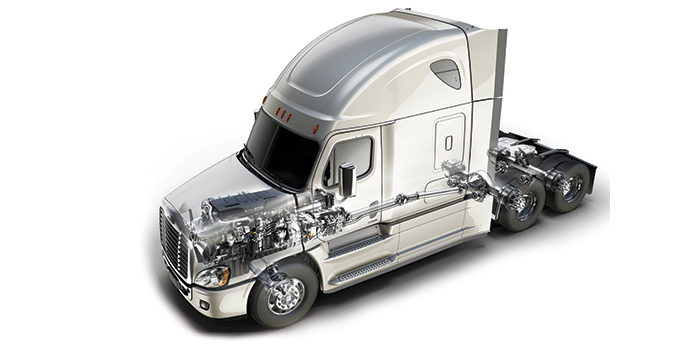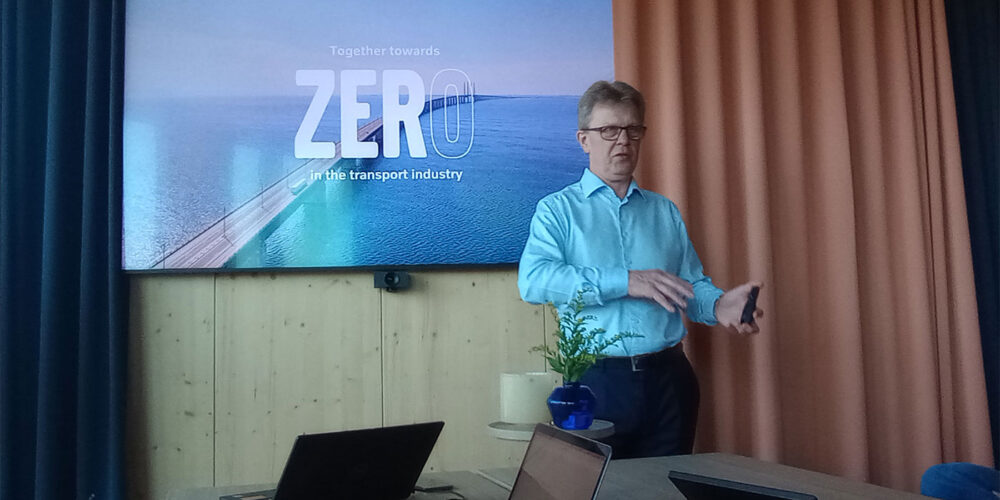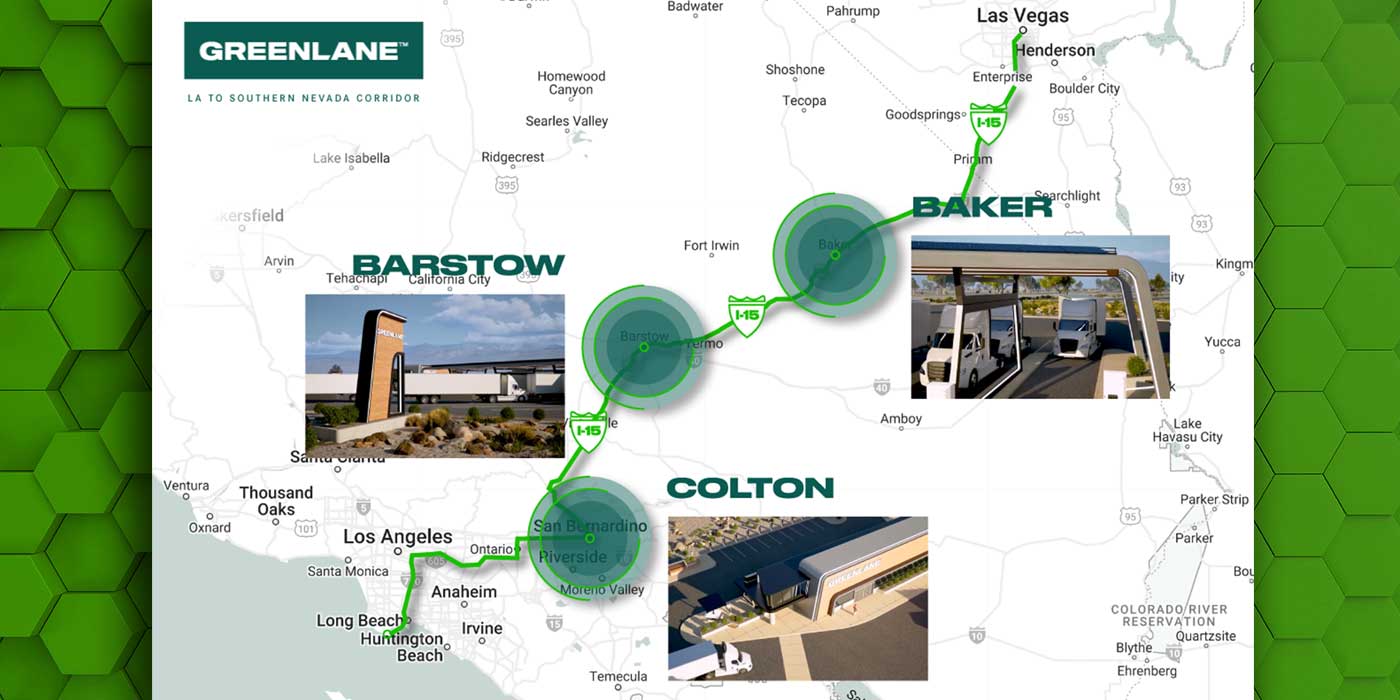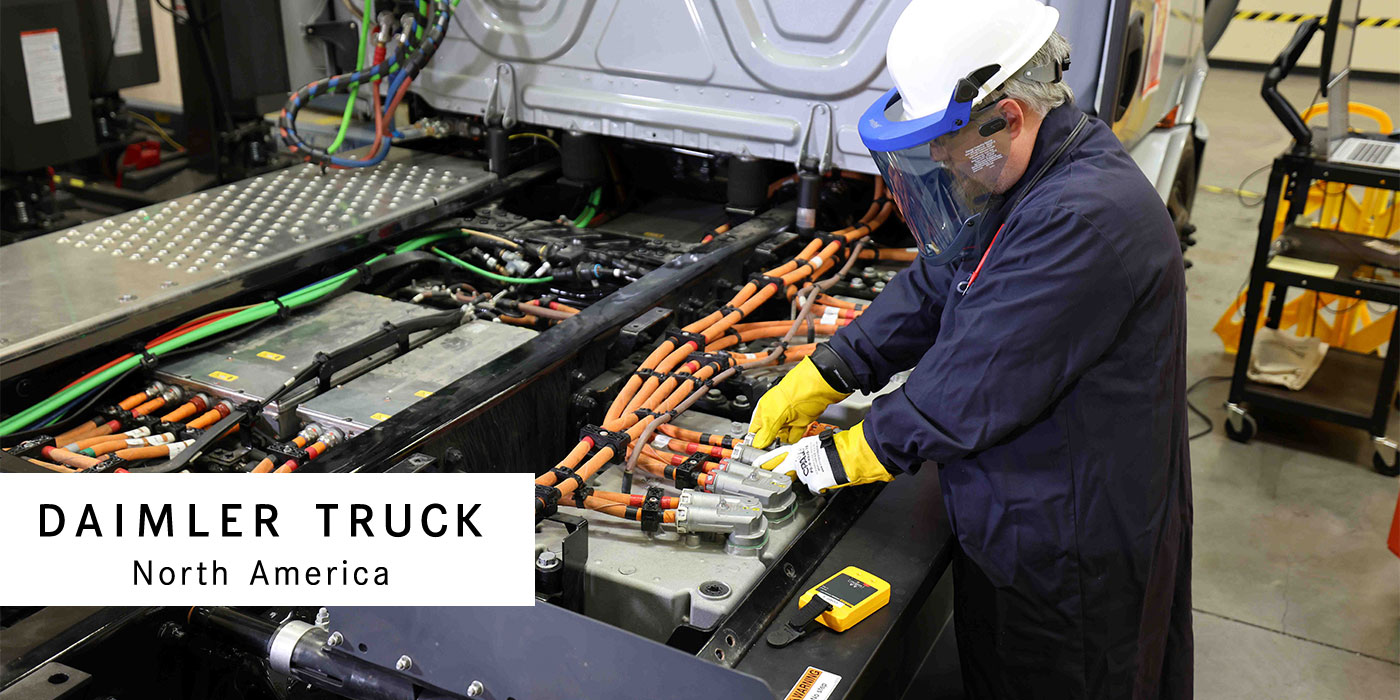Adaptive cruise control (ACC) options and topography/hill-neutral technology can provide increased safety and improved fuel economy. So what’s best for your operation? We asked the major suppliers to weigh in, and here’s what they have to say about the technology and the choices.
The basics
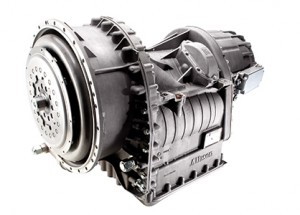
“Adaptive cruise uses forward- and side-facing radar technologies as vehicle inputs to maintain safe operation automatically,” says Rich Price, managing director of global customer integration and application engineering with Allison Transmission. “The system integrates these inputs with engine, transmission and braking systems to recognize the conditions in which the vehicle is operating, and then adjusts speed to maintain a safe operating condition. An automatic transmission can increase the effectiveness of the system. With the power shifting of an automatic transmission, there is no loss of speed during shifts. This, in turn, makes it easier for adaptive cruise systems to maintain the desired distance from other vehicles.”
The objective of topography/hill-neutral technology is to conserve momentum, with the payoff being reduced fuel consumption. “It mimics the characteristics of a good driver trying to conserve fuel,“ Price explains. “For example, if the system controls know there is a downhill just after cresting a grade the vehicle is climbing, the controls can decide to minimize fueling to maintain a minimum acceptable speed through the top of the grade, knowing it can recapture lost momentum on the downhill segment. Similarly, the system controls could opt to carry a little more speed [momentum] at the bottom of a grade to help with an uphill it knows is following.”
Benefits of this technology
Safety is a primary benefit of ACC, and any fleet will benefit from the technology. This technology also becomes part of the foundation upon which future autonomous vehicle systems will be developed. As for the topography/hill-neutral technology, there are different ways the system receives the data it uses to make operating decisions. “Fleets that run the same routes every day can use systems that ‘learn’ the topography to acquire the data used for system decisions,” Price says. “For fleets that have varying routes, there are systems that access a database with topographical information to use when making those decisions.” The end result for both examples is lower fuel consumption for the fleet.
Adaptive Cruise
“ACC is a feature of the Detroit Assurance suite of safety systems that helps mitigate potential collisions,” explains Kelly Gedert, powertrain and components marketing manager for Daimler Trucks North America (DTNA). “It is not necessarily tied to the topography/hill-neutral technology. Sensing objects ahead is integrated into the cruise control to maintain a safe following distance (3.5 seconds as the default) while keeping the set speed. ACC helps maintains set following distance based on time, active deceleration through a sequential activation—torque reduction [de-rate], engine brakes, service brakes—and then acceleration back to the set speed when the forward vehicle clears.”

